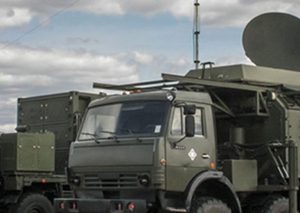Jammers are used in many prisons around the world: criminals often use many methods to imprison mobile phones or other communication tools, which may cause many problems for prison management.
In recent years, Australia ’s communications regulator will increase its experience with cell phone interference in the New South Wales prison at Gothburn Correctional Institution, which is the result of a successful trial of the technology in Lithgow prison.

In September 2013, ACMA began testing measures to restrict the use of CJAM jammers to illegally use mobile phones by detainees in Lithgow prison. The device blocks mobile signals within a specified range. The jammer sends radio frequency signals at the same frequency as the network uses, thereby replacing the mobile network, thereby preventing the mobile phone from receiving signals from the mobile base station.Under Australian law, it is illegal to use portable jammer to prevent mobile signals, but ACMA grants NSW correction service exemptions to continue litigation.
A Lithgow test was conducted to determine whether jammers could be deployed without causing service problems to residents in the area surrounding the prison. Other jurisdictions around the world, including New Zealand, have also encountered problems. These signals contain signal blocks in specific areas without leakage. However, ACMA said today that the trial has been successful and will be conducted in Lithuania until 2018. It said that the jammer prevented the detainee from using the mobile phone without “confirming” the report. Or did not receive interference complaints from people outside the prison.
If the consultation on the proposed extension is positive, these tests will also be taken to Goulburn Prison for a period of two years. ACMA said that the Goulburn Prison is densely populated in the centre of Bilisgau and therefore will provide better case studies of the risk of interference. Five mobile base stations less than 3 km from Gulburn Correctional Institution provide 2G and 3G signals to the area, one of which is only 150 m above the center. The test will tell whether cell phone jammers are a viable long-term solution for Goulburn devices, and whether the technology can be more widely deployed in correctional facilities nationwide.